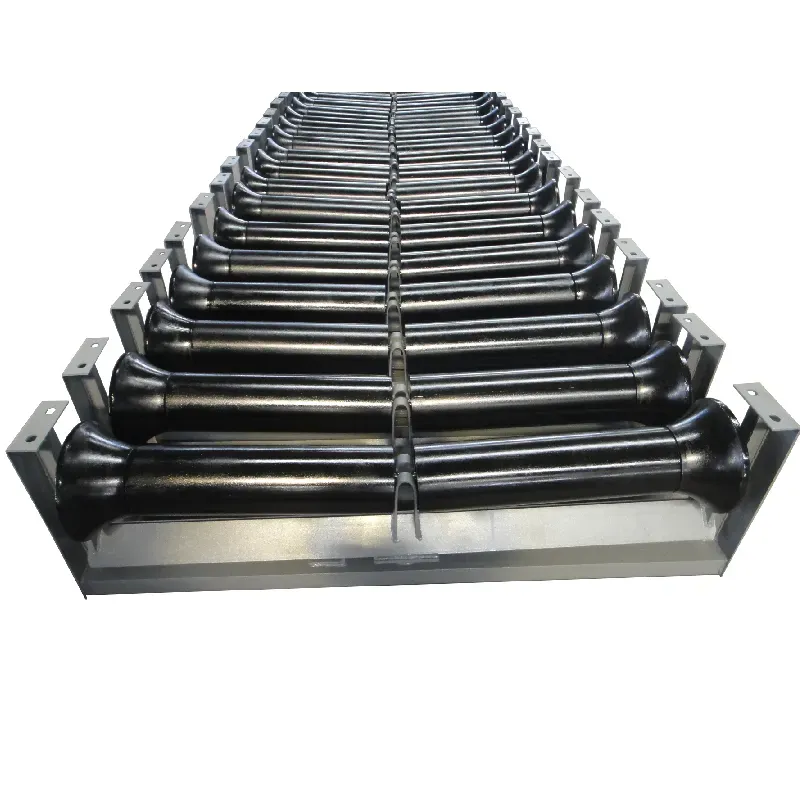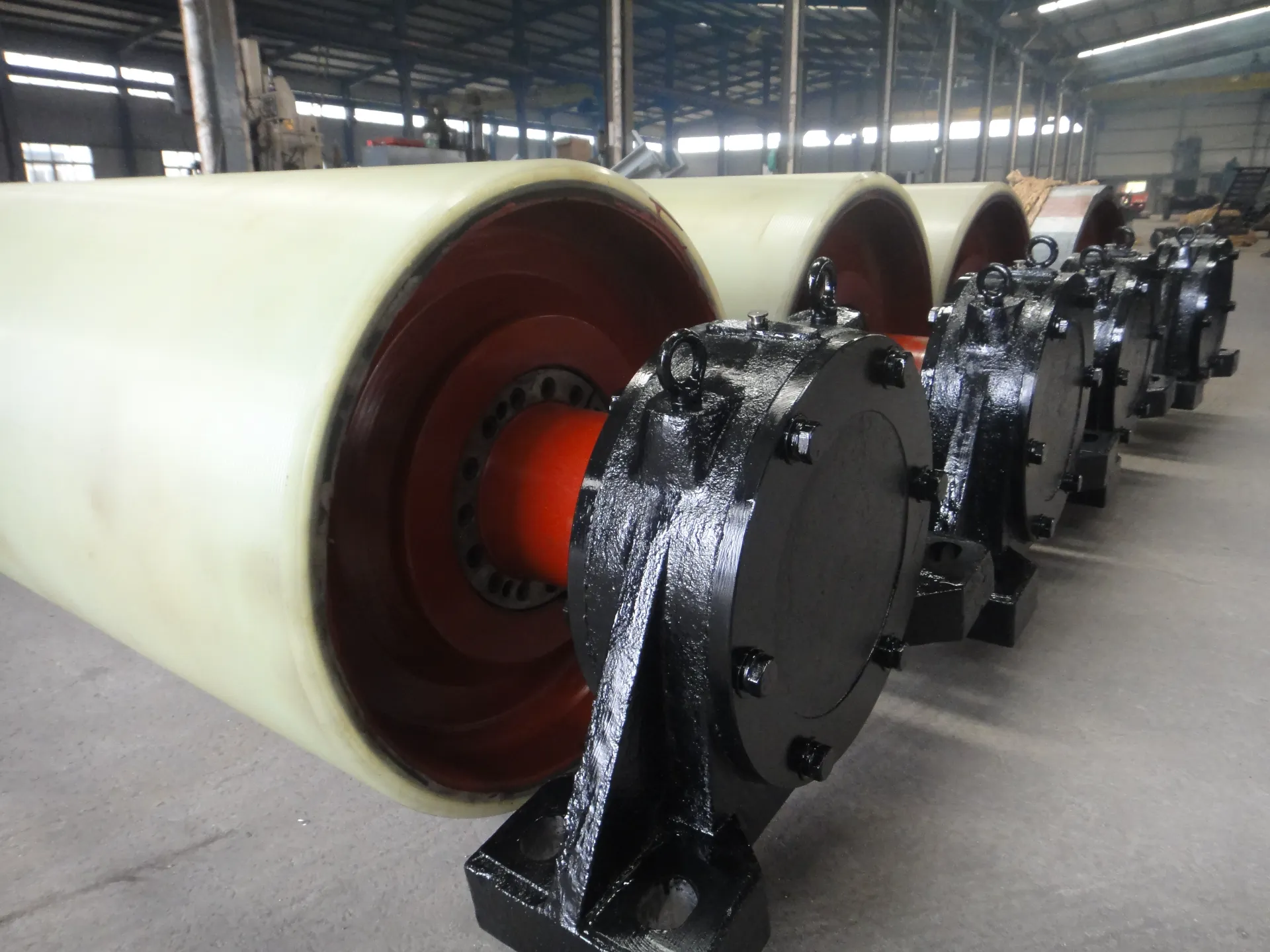 Afrikaans
Afrikaans  Albanian
Albanian  Amharic
Amharic  Arabic
Arabic  Armenian
Armenian  Azerbaijani
Azerbaijani  Basque
Basque  Belarusian
Belarusian  Bengali
Bengali  Bosnian
Bosnian  Bulgarian
Bulgarian  Catalan
Catalan  Cebuano
Cebuano  Corsican
Corsican  Croatian
Croatian  Czech
Czech  Danish
Danish  Dutch
Dutch  English
English  Esperanto
Esperanto  Estonian
Estonian  Finnish
Finnish  French
French  Frisian
Frisian  Galician
Galician  Georgian
Georgian  German
German  Greek
Greek  Gujarati
Gujarati  Haitian Creole
Haitian Creole  hausa
hausa  hawaiian
hawaiian  Hebrew
Hebrew  Hindi
Hindi  Miao
Miao  Hungarian
Hungarian  Icelandic
Icelandic  igbo
igbo  Indonesian
Indonesian  irish
irish  Italian
Italian  Japanese
Japanese  Javanese
Javanese  Kannada
Kannada  kazakh
kazakh  Khmer
Khmer  Rwandese
Rwandese  Korean
Korean  Kurdish
Kurdish  Kyrgyz
Kyrgyz  Lao
Lao  Latin
Latin  Latvian
Latvian  Lithuanian
Lithuanian  Luxembourgish
Luxembourgish  Macedonian
Macedonian  Malgashi
Malgashi  Malay
Malay  Malayalam
Malayalam  Maltese
Maltese  Maori
Maori  Marathi
Marathi  Mongolian
Mongolian  Myanmar
Myanmar  Nepali
Nepali  Norwegian
Norwegian  Norwegian
Norwegian  Occitan
Occitan  Pashto
Pashto  Persian
Persian  Polish
Polish  Portuguese
Portuguese  Punjabi
Punjabi  Romanian
Romanian  Russian
Russian  Samoan
Samoan  Scottish Gaelic
Scottish Gaelic  Serbian
Serbian  Sesotho
Sesotho  Shona
Shona  Sindhi
Sindhi  Sinhala
Sinhala  Slovak
Slovak  Slovenian
Slovenian  Somali
Somali  Spanish
Spanish  Sundanese
Sundanese  Swahili
Swahili  Swedish
Swedish  Tagalog
Tagalog  Tajik
Tajik  Tamil
Tamil  Tatar
Tatar  Telugu
Telugu  Thai
Thai  Turkish
Turkish  Turkmen
Turkmen  Ukrainian
Ukrainian  Urdu
Urdu  Uighur
Uighur  Uzbek
Uzbek  Vietnamese
Vietnamese  Welsh
Welsh  Bantu
Bantu  Yiddish
Yiddish  Yoruba
Yoruba  Zulu
Zulu Premium Take Up Pulley Durable Solutions for Belt Conveyor Systems

(take up pulley)
The Essential Role of Take Up Pulleys in Modern Material Handling
This comprehensive guide examines take up pulley
systems in industrial applications, addressing their critical functions and technical evolution. Key discussion points include:
- Fundamental mechanics of tension regulation in belt conveyors
- Quantifiable performance impacts on operational efficiency
- Technical innovations enhancing component reliability
- Comparative evaluation of leading manufacturers
- Customization approaches for industry-specific challenges
- Field-proven solutions in demanding operational environments
- Future engineering developments for next-generation systems
Precision Tension Control Mechanics
Take up pulleys constitute the operational core of belt conveyor tension regulation. These specialized components dynamically maintain optimal belt tautness through either gravitational force (gravity take up pulley systems) or mechanical adjustment mechanisms (tail pulley take up assemblies). Positioned strategically at conveyor ends, they compensate for belt elongation caused by operational loads and temperature fluctuations. Engineering data reveals proper tensioning reduces belt slip incidents by 62% and extends belt service life by approximately 40% in standard mineral handling applications.
Quantified System Performance Metrics
Operational metrics demonstrate the critical impact of properly configured systems. According to bulk handling industry reports (2023), facilities with optimized tensioning mechanisms achieved:
- 18-23% higher throughput capacity compared to manual tensioning systems
- Reduced power consumption (7.4kWh average savings per operational ton)
- 72% decrease in emergency maintenance downtime
Gravity take up pulley configurations particularly excel in continuous mining operations where autonomous tensioning maintains constant load distribution, preventing catastrophic slippage events that cost enterprises an average of $42,000 per incident (Mining Operations Journal, 2022).
Engineering Innovations and Robust Construction
Advanced manufacturing techniques have significantly enhanced durability. Modern take up pulley designs incorporate:
Material science advancements:
- Xylan-coated steel drums increasing abrasion resistance by 300%
- Ceramic-lagging surfaces enhancing traction coefficients to 0.52μ
Structural integrity features:
- Finite element analysis-optimized shell thickness (minimum 16mm)
- Self-cleaning concentric shaft assemblies preventing material buildup
Recent stress testing (ASTM B117-19 protocol) confirmed modern units withstand 92,000 operational hours before requiring relagging - a 37% improvement over previous generation models.
Comparative Analysis of Industry Manufacturers
| Manufacturer | Max Load Rating | Lagging Options | Temperature Range | Customization Capacity | Maintenance Interval |
|---|---|---|---|---|---|
| Flexco HD-Series | 250 kN | Ceramic/Diamond | -40°C to +120°C | Modular | 24 months |
| Rulmeca Group XP | 320 kN | Rubber/Polyurethane | -30°C to +150°C | Full bespoke | 36 months |
| Siemens SIMP | 280 kN | Ceramic/Steel | -50°C to +85°C | Limited | 18 months |
| Martin Engineering | 300 kN | Rubber/Phenolic | -20°C to +130°C | Configuration | 30 months |
Industry leader Rulmeca's gravity take up pulley systems with polyurethane lagging demonstrated exceptional longevity in abrasive material tests, maintaining surface integrity through 15,000 operational hours.
Industry-Specific Engineering Solutions
Tailoring take up pulley in belt conveyor systems addresses distinct operational requirements:
Mining sector: Chromium-reinforced assemblies withstand impact loads exceeding 22kJ
Food processing: FDA-compliant stainless steel constructions with CIP compatibility
Port operations: Saltwater-resistant polymer composites preventing corrosion failure
Rio Tinto's Pilbara iron ore operation implemented hydraulic tail pulley take up units with load-sensing automation, reducing tension-related stoppages by 83% while handling 6,000 metric tons/hour. The system self-adjusts within 0.5% tolerance during load fluctuations between 30-100% capacity.
Case Study: Cement Production Efficiency Improvement
LafargeHolcim's Montana plant documented significant gains after upgrading their take up pulley systems:
- Conveyor 3: Installed automated gravity take up pulley with ceramic lagging
- Conveyor 7: Retrofitted hydraulic tail pulley take up assembly
Both systems incorporated predictive tension algorithms monitoring belt elongation. Results over 18 months:
- Energy consumption reduction: 14.7% average across both conveyors
- Belt replacement frequency decreased from quarterly to biannual
- Conveyor stoppages reduced by 67 hours monthly
- Calculated ROI period: 9.8 months
Next-Generation Take Up Pulley Technologies
Innovations currently in field testing include IoT-integrated tension monitoring with real-time data analytics, predicting maintenance needs with 94% accuracy before visible symptoms manifest. New composite materials under development promise to extend operational boundaries to temperatures exceeding +200°C while sustaining 350kN loads. Leading manufacturers are redesigning take up pulley assemblies with modular components that decrease replacement downtime by 65%, ensuring these critical components continue evolving with Industry 4.0 demands.

(take up pulley)
FAQS on take up pulley
Q: What is a take up pulley?
A: A take up pulley is a critical component in belt conveyors used to adjust belt tension. It maintains optimal tension to prevent slippage and ensure efficient material handling. Proper adjustment minimizes wear and extends conveyor life.Q: How does a take up pulley function in a belt conveyor?
A: In belt conveyors, the take up pulley absorbs belt slack and compensates for elongation or shrinkage. It applies controlled tension to the belt, ensuring smooth operation and tracking. This prevents misalignment and reduces maintenance downtime.Q: What is the role of a tail pulley in a take up system?
A: The tail pulley take up anchors the belt's return end and adjusts tension via manual or automatic mechanisms. It counteracts belt stretch caused by load or temperature changes, maintaining consistent traction. Correct positioning minimizes belt wear and slippage.Q: How does a gravity take up pulley work?
A: A gravity take up pulley uses weights or counterbalances to apply tension automatically. As the belt stretches, the pulley descends under gravitational force, maintaining constant pressure. This passive system is reliable and requires minimal manual intervention.Q: Why is regular maintenance crucial for take up pulleys?
A: Maintenance prevents failures like belt misalignment or excessive wear. Inspect pulleys for debris, bearing damage, and corrosion monthly. Proper lubrication ensures smooth operation and avoids costly conveyor shutdowns.-
Revolutionizing Conveyor Reliability with Advanced Rubber Lagging PulleysNewsJul.22,2025
-
Powering Precision and Durability with Expert Manufacturers of Conveyor ComponentsNewsJul.22,2025
-
Optimizing Conveyor Systems with Advanced Conveyor AccessoriesNewsJul.22,2025
-
Maximize Conveyor Efficiency with Quality Conveyor Idler PulleysNewsJul.22,2025
-
Future-Proof Your Conveyor System with High-Performance Polyurethane RollerNewsJul.22,2025
-
Driving Efficiency Forward with Quality Idlers and RollersNewsJul.22,2025





























